Mifune: Naruto’s Samurai General. Master swordsman, wartime strategist, and mediator tying shinobi and samurai heritage.
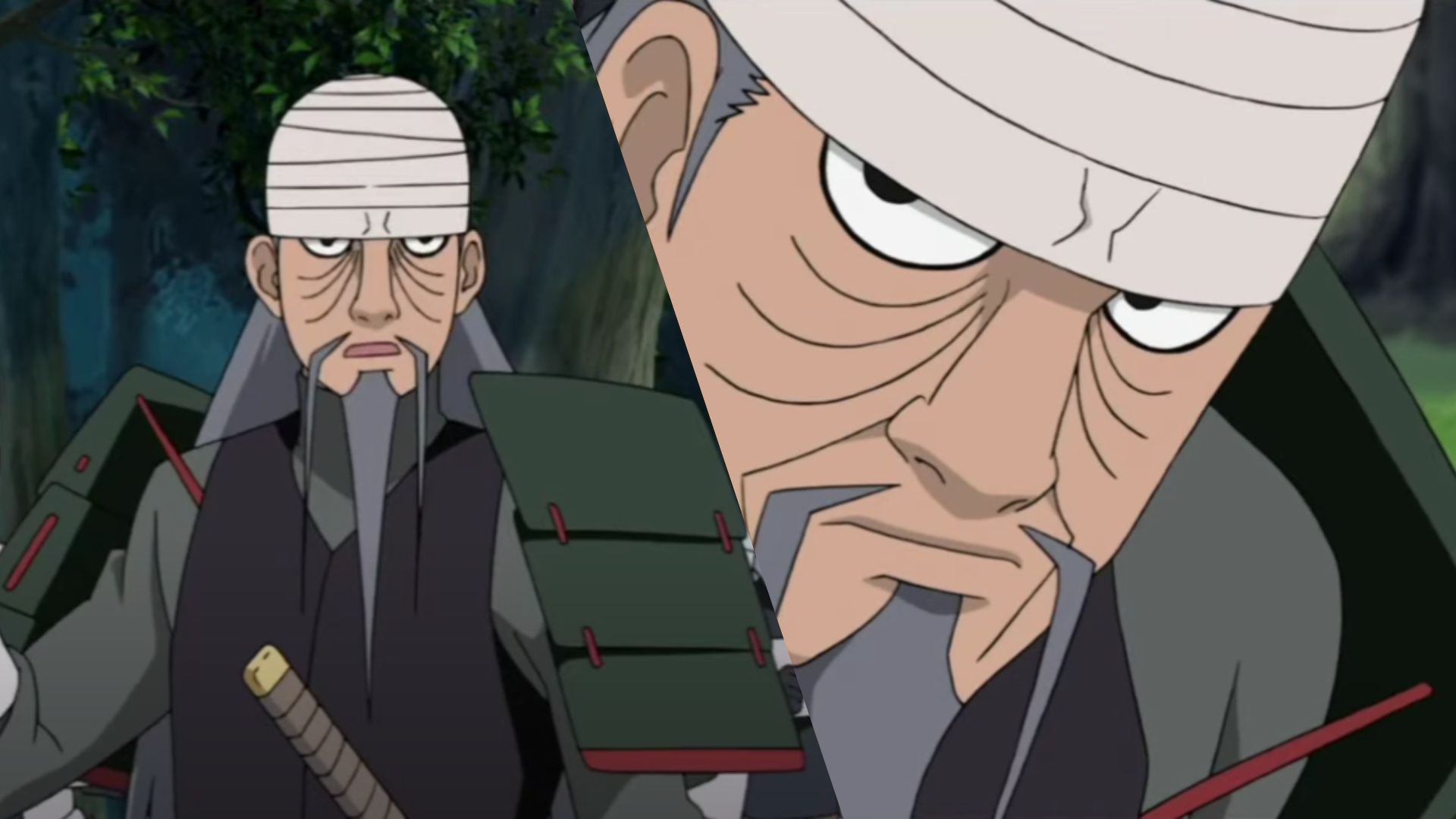
Mifune is the stoic General of the Land of Iron and commander of its samurai forces in Naruto. Distinct from the shinobi nations, the Land of Iron keeps rigid neutrality in international frictions, counting on its elite samurai warriors instead of ninja. Mifune’s role as a mediator and strategist puts him at the main point of major events, notably during the Five Kage Summit, where his neutrality and wisdom drive critical judgments.
Mifune makes his mark in Naruto Shippuden when he steps into the political battlefield as the host of the Five Kage Summit. In a room full of powerful, stubborn leaders, he serves as a mediator, bringing order and reason to the heated discussions about the growing Akatsuki threat. As a non-shinobi leader, his perspective challenges the ninja-centric worldview, emphasizing honor, duty, and collective resolve.
Mifune’s Legendary Past
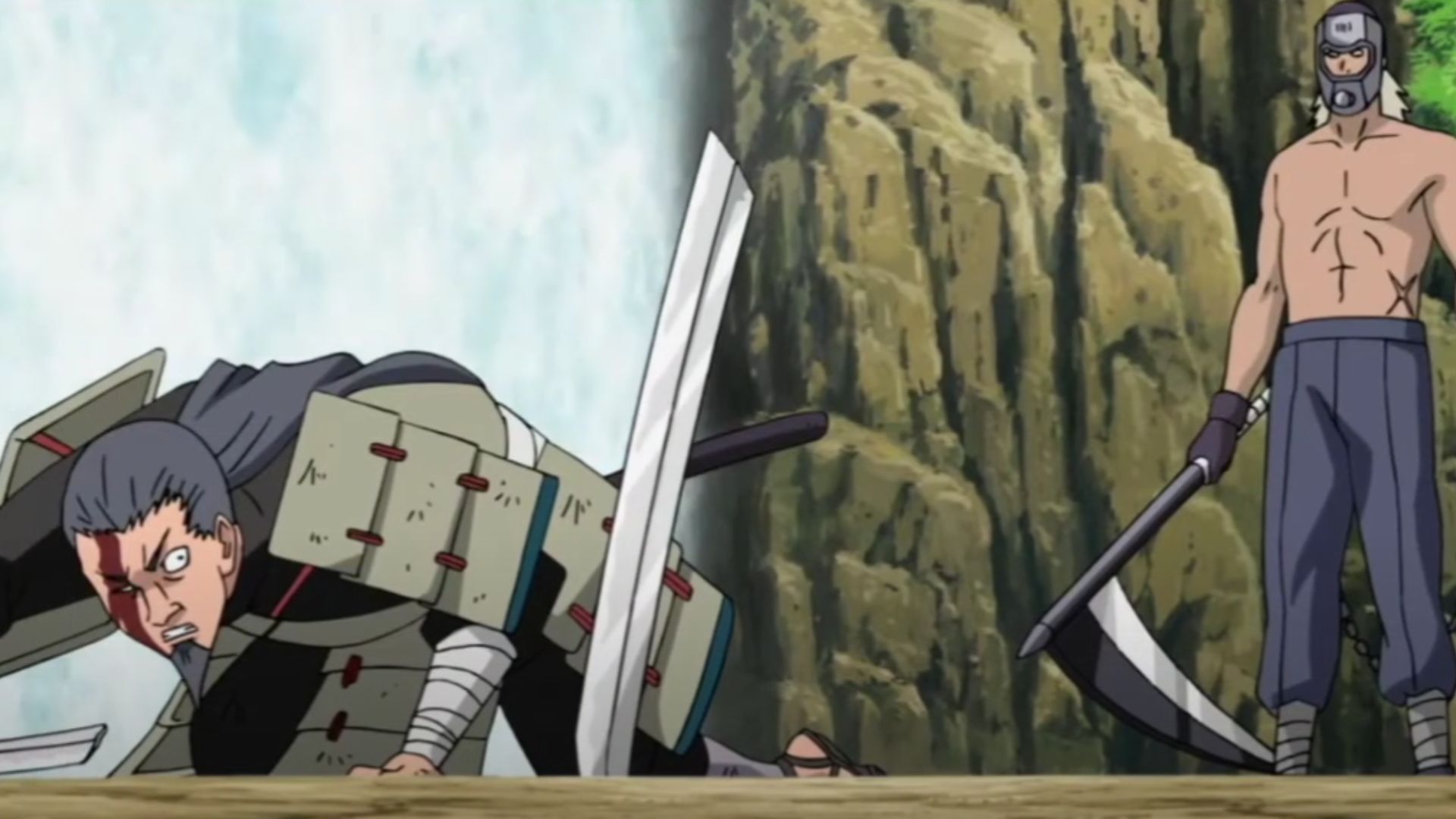
Mifune’s past in Naruto tells a descriptive feud with Hanzo of the Salamander, a legendary shinobi feared across nations. Decades before the series’ events, Mifune, then a young samurai, confronted Hanzo alone after his companions fled in panic. Though Hanzo’s poison-laced kusarigama struck Mifune’s head, the samurai’s tenacious resolve impressed the shinobi, who spared his life by giving an antidote. This clash generated mutual respect, with Hanzo recognizing Mifune’s strength and ideals.
This history comes full circle during the Fourth Shinobi World War when a reincarnated Hanzo faces Mifune once again. However, this time, Mifune has grown even stronger. His refined skills allow him to outmaneuver Hanzo, symbolizing his personal growth and the enduring strength of the samurai code. Their battle reaches an emotional climax when Mifune defeats Hanzo, but, instead of delivering a final blow, he allows him to reclaim his dignity through seppuku—a warrior’s honorable death.
This moment highlights the contrast between shinobi pragmatism and samurai integrity. Mifune’s ability to inspire even former foes cements his role as one of Naruto’s most remarkable characters.
Mifune’s Personality in Naruto
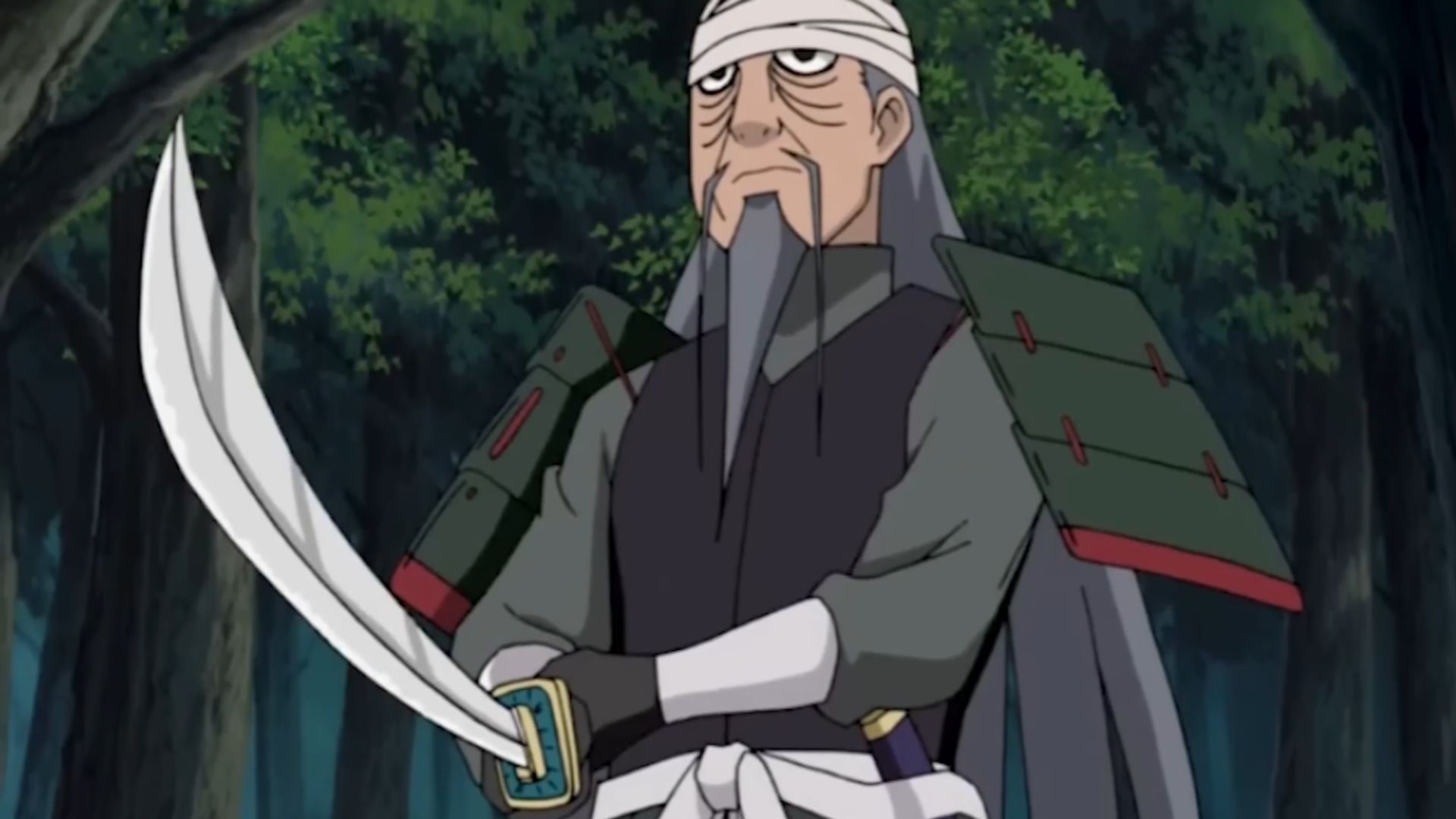
Mifune embodies discipline, composure, and honor. As a mediator during the Five Kage Summit, he prevents heated conflicts from escalating, such as calming the furious Fourth Raikage with logic and persuasion. Unlike many shinobi leaders, who let emotions dictate their actions, Mifune remains level-headed and strategic, valuing diplomacy over brute force.
However, his wisdom does not make him passive. When it is revealed that Danzo manipulated the meeting for personal gain, Mifune takes responsibility for his mistake instead of shifting blame—an act that speaks volumes about his character. Despite his stoicism, Mifune harbors deep convictions, particularly his belief in “harmony,” which drives his commitment to the Allied Shinobi Forces. He abandons the Land of Iron’s neutrality to combat Akatsuki, prioritizing global survival over tradition.
On the battlefield, Mifune’s strategic brilliance shines. As the commander of the Fifth Division, he adapts quickly, coordinating with shinobi like Kankuro and Kurotsuchi to take down powerful foes. Unlike hot-headed leaders such as the Raikage, Mifune serves as a stabilizing force in Naruto’s chaotic world, proving that wisdom and patience can be just as powerful as brute strength.
Here, Mifune is far more than just a peacekeeper. His character challenges the common perception that ninjas are the ultimate warriors. He reminds us that discipline, strategy, and honor are just as powerful as any jutsu.
The Power Behind the Samurai
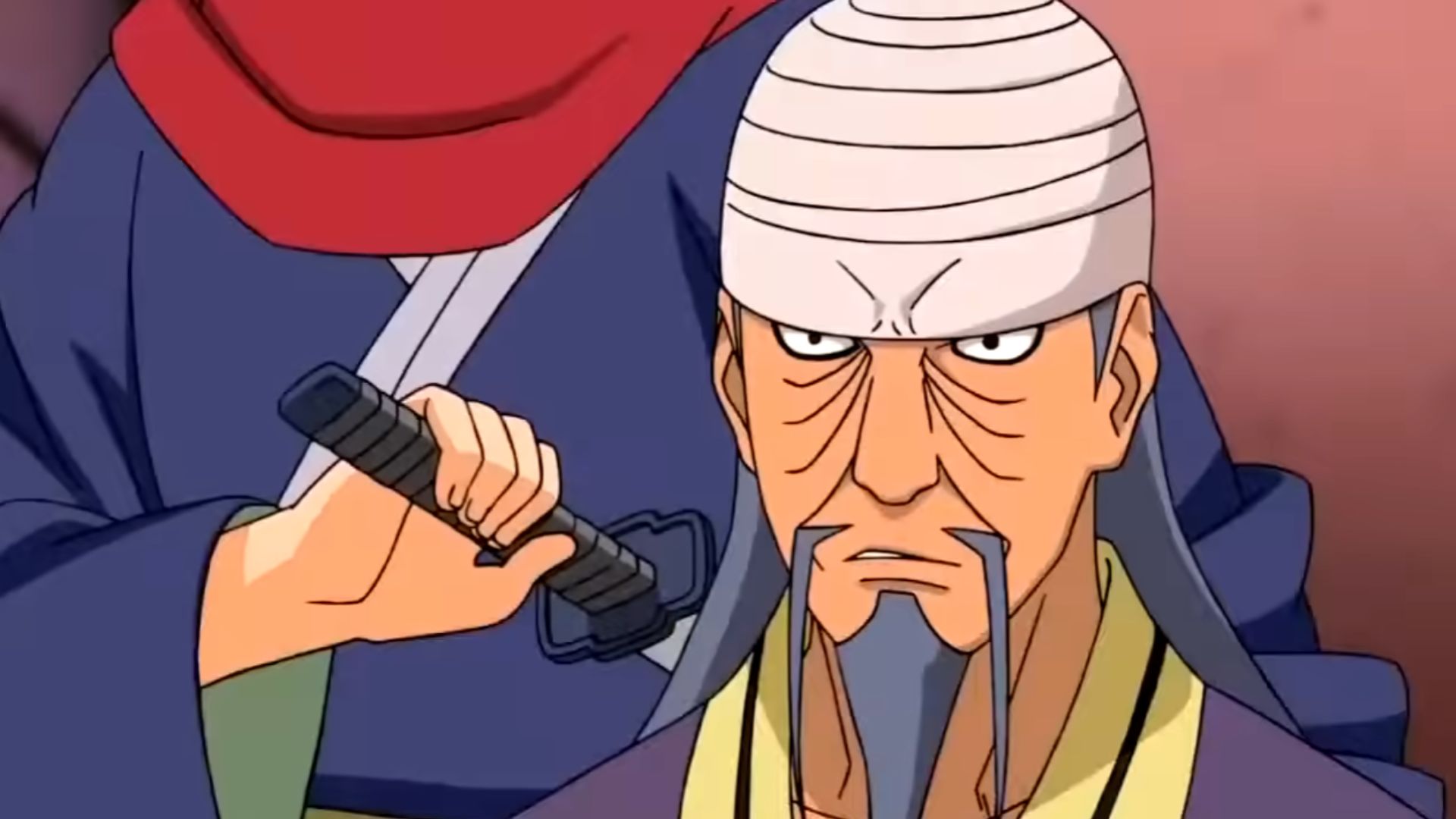
Mifune’s fighting power in Naruto is based on his mastery of iaido. This is a lightning-fast swordsmanship technique concentrated on sheathing and drawing his blade in one motion. With his katana, Kurosawa, he performs attacks so specific that they slash opponents without leaving bloodstains.
One of his most fearsome abilities is his ninjutsu disruption technique—his strikes are so fast that they prevent opponents from forming hand seals, rendering shinobi unable to use their jutsu. This unique skill makes him a nightmare for ninjas who rely heavily on ninjutsu, such as Hanzo.
During the Fourth Shinobi World War, Mifune demonstrates even greater prowess. He enhances his swordsmanship by channeling chakra through his blade, allowing him to unleash long-range slashes that cut down multiple enemies at once. In his duel with Hanzo, he not only evades poison attacks but also slices through Hanzo’s signature weapon.
His precision extends beyond battle. In the anime, he performs feats like slicing candle wicks without extinguishing flames, proving that his control over his blade is absolute. This level of mastery places him among the most skilled swordfighters in Naruto, standing alongside legends like Sasuke and Killer Bee.
Mifune’s Role in the Fourth Shinobi World War
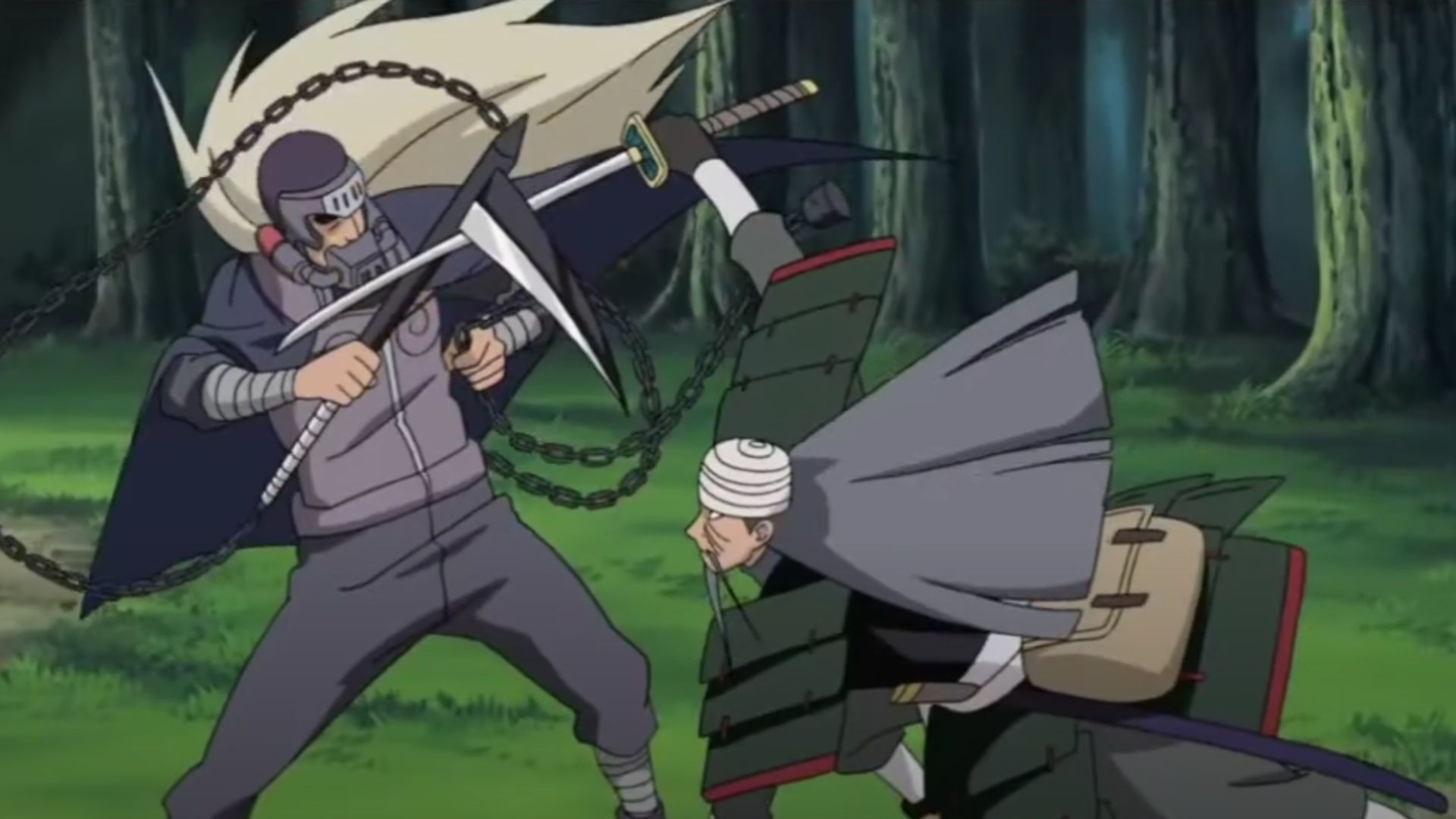
As commander of the Fifth Division in Naruto’s Fourth Shinobi World War, Mifune directs samurai and shinobi reinforcements across battlegrounds. His strategic brilliance shines during clashes with reincarnated antagonists like Hanzo and Kimimaro.
His most significant moment in the war comes during his second confrontation with Hanzo. Using both his swordsmanship and his deep understanding of Hanzo’s psychology, Mifune breaks the shinobi’s spirit, convincing him to abandon his role in the war and accept his fate. This victory is not just physical but also ideological—Mifune’s honor and discipline overpower Hanzo’s disillusionment.
Mifune’s leadership extends beyond combat. He collaborates with shinobi leaders to develop strategies, such as using electricity-infused sword strikes to neutralize Deidara’s explosive attacks. Later, his division plays a key role in the final battle against the Ten-Tails, cutting down hordes of enemies and preventing Madara and Obito from regaining full control over the beast.
Through his actions, Mifune proves that samurai are more than just relics of the past. They are warriors whose discipline and resilience can stand alongside the strongest ninja in history.
Mifune’s Legacy in the New Era
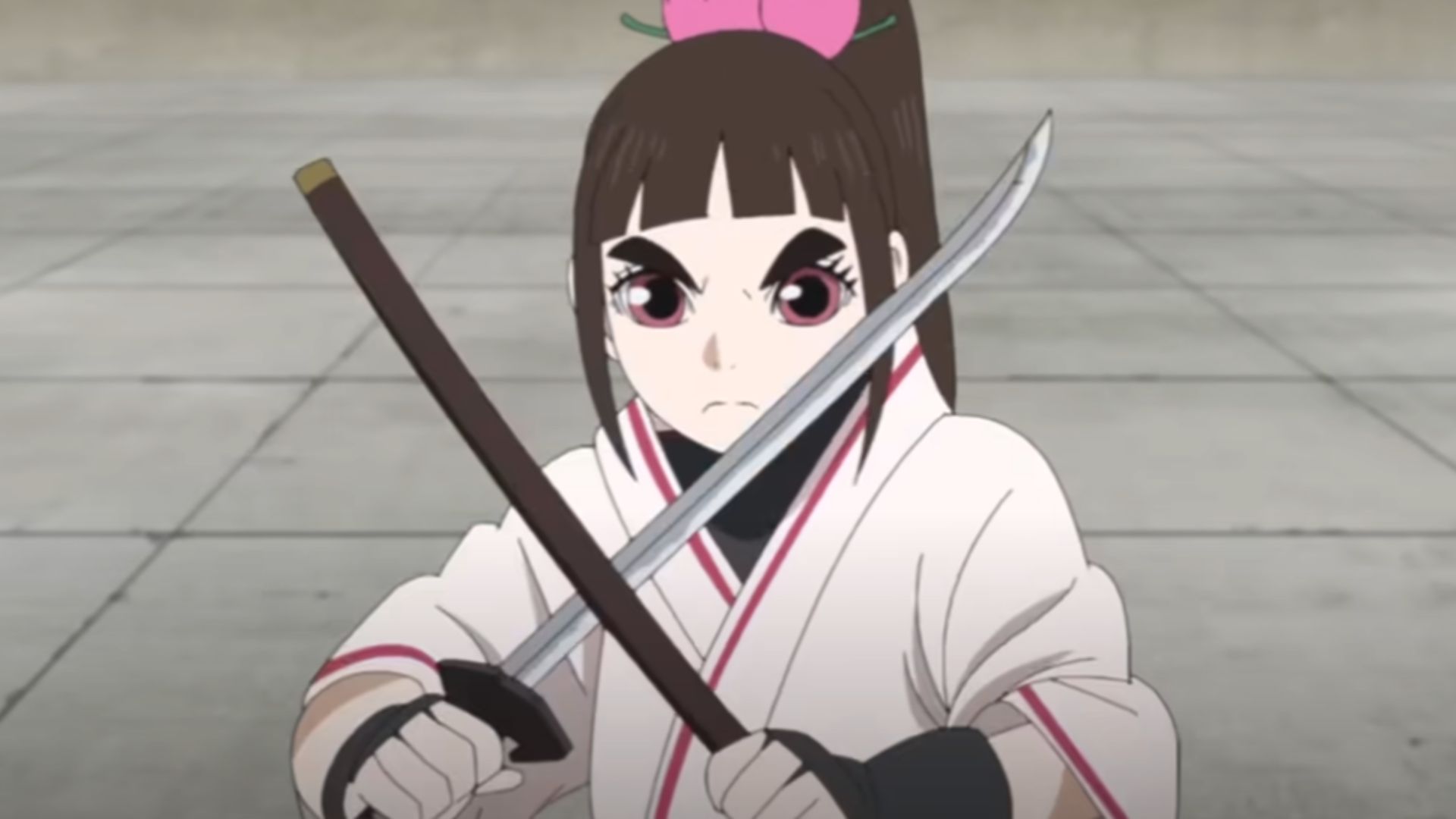
Following the Fourth Shinobi World War in Naruto, Mifune’s impact extends into the New Era. There, he shaped the future of the samurai and their relationship with shinobi societies. As a mentor, he instructs a new generation of warriors, including prodigies like Tsubaki Kurogane and Sazanka, ingraining in them the values of honor and discipline.
In the Boruto anime, his legacy is pushed when Sanzaka, a deranged disciple, murders Mifune’s other students in a crooked quest to claim his legendary sword, Kurosawa. Despite this disaster, Mifune stays firm, guiding Tsubaki to Konohagakure as an exchange student to broaden her perspective beyond samurai customs. His leadership ensures that the Land of Iron remains a symbol of tranquility in Naruto’s evolving world.
Conclusion
In the end, Mifune’s position in Naruto exceeds his samurai title; he depicts the intersection of old and new ideologies. His mediation during the Five Kage Summit underscores diplomacy’s importance in Naruto’s conflict-ridden narrative.
Moreover, his adherence to “harmony” mirrors Naruto’s overarching themes of understanding and unity. By integrating Mifune, the series expands its cultural scope, blending samurai honor with shinobi innovation.
Looking For More?
Thank you for reading the article. We provide the latest news and create guides for Baldur’s Gate 3, Starfield, ARK Survival Ascended, and more. Also, watch Deltia play games on Twitch or visit his YouTube channel!
 Reddit
Reddit
 Email
Email


